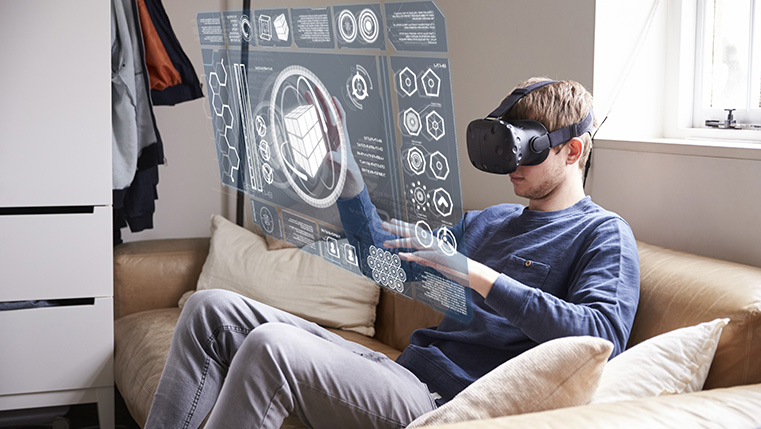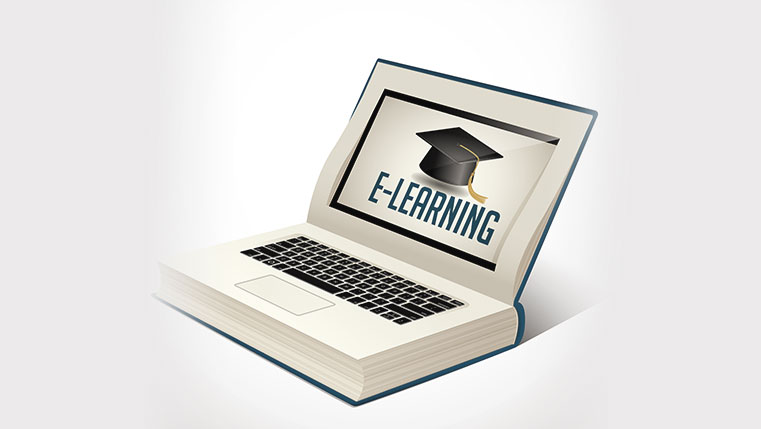Classroom-readiness E-learning: What Is It and Why Do You Need One?
This blog emphasizes the usage of eLearning to prepare the classroom learners ahead of the training.

What is Classroom-readiness eLearning and why do we need one?
Even though eLearning produced great results as a replacement to classroom training, some of us prefer to use the latter in certain conditions for various reasons. When someone says blended-learning, two things come to our mind, an eLearning course followed by a classroom training or vice-versa. Here, the content covered in both the training mediums is almost the same. But, there is also a third scenario, where eLearning could serve as a readiness program for your classroom learners.

Most of the times, learners enter the classroom with not much information on what is expected of them during the session. This makes the trainer’s job difficult as he has to spend some of his training time to set the learners on track. This can be done through an eLearning program conducted prior to classroom training. This course will inform learners of what is expected of them for the upcoming classroom session. This saves lot of time and effort of the trainer and keeps the learners aligned with each other the knowledge level of the subject.
What are the elements to be included in a classroom-readiness eLearning?
The ingredients for a classroom-readiness eLearning can be divided in to two categories.
1. Knowledge Preparation
One of the biggest challenges trainers face in a typical classroom session is the variation in knowledge levels of learners towards the subject. Some of them will be thorough on the concepts, whereas some of them haven’t even heard these terms earlier. This inconsistency in knowledge levels will be a great challenge since the absorption rates will differ. You can use the classroom-readiness eLearning to make sure that each learner has the same basic knowledge as all other course participants.
If there are any pre-requisite trainings to be completed before attending your classroom session, inform your learners of the same. Display a ‘To do’ list with the training activities they need to complete before attending your session. Next, you want your learners to be aware of certain basic terms that you will be discussing in the session. To help them get on par with this, list down the terms in the eLearning course. Remember, this is only a classroom-readiness eLearning. Therefore, you need not give the entire explanation for the terms. You may not even provide a definition for each of them.
You can just list the terms and ask the learners to find an explanation/description for the terms. Inform them that they can ask their colleagues, search in the company library, or even the world wide web. This would encourage them to learn at their own pace in their own path. Ask them to write down their findings and bring them to the training so that the same can be compared and discussed. This will make them take the task more seriously.
2. Technical Preparation
Most of the classroom sessions conducted these days do involve some technical aspects. People bring their own devices (laptops) to take part in the sessions. The use of these devices is not limited to notes-taking if your training is linked to some kind of software awareness. Let’s say you’re conducting a classroom session to teach your sales force how to use the software programs that are bundled with the products (for example, a calibration tool). Many times, it’s seen that some sort of technical issues arise while the learners try to use the software in their devices during the training. This will again call for the need of an IT admin to check and ensure that every learner’s system is equipped with all required configuration to run the software with no issues.
But how does this look like in the middle of a happening classroom session? Pretty odd right? To avoid such instances, include in your classroom-readiness eLearning, all the pre-requisites from the technical perspective. Also, for each pre-requisite, include who they can reach to for any technical assistance. Trust me, getting the learners technically ready will be a great savior for the classroom training. You can then focus only on your content and nothing else.
Still not convinced? Spice it up using a Dynamic Digital Checklist:
There can be a few arguments saying all this information can be shared with the learners through a simple Email instead of an eLearning program. There will also be a question on how does an eLearning program ensure they will be abide by the things said in the course and come prepared for the training. To answer these questions, at the end of your course, you can add a dynamic digital checklist. This will be like an agreement paper signed by the learner stating he has done all the preparatory worked required to attend the classroom session. For example, a statement saying “I have installed the software XYZ as mentioned” or “I have the descriptions/explanations for the terms listed in the course”.
This will look like a checklist where the learner has to click the tasks he has completed and click submit. Here’s what we need to do to make it more effective. For each of the statement that the learner checks or unchecks, we should provide a feedback on why that pre-requisite is important for him. For example, if he has not selected the statement regards to definition of terms, we can provide a feedback saying “This task is an optional preparation work. However, for all training participants to have the same basic knowledge, we kindly ask you to finish this task.” This will keep the learner informed on why he should perform the tasks and how it will impact his experience during the classroom session.
These are just a few ideas on how to use an eLearning program to ensure the readiness of your classroom learners. What are the challenges you’ve faced with learners in a classroom training session? Do you think eLearning can be a good partner to employ before conducting a classroom session? Let us know your views in the comments section below.





